+ BRINE SDS
+ CALCIUM CHLORIDE WITH BOOST SDS
+ BOOST SB SDS
+ LIQUIDOW SDS
+ MELTDOWN SDS
Road maintenance should be long-term, not a quick fix.
Preservation initiatives have become a cornerstone in Midwest maintenance plans. This includes taking care of what we have and investing in smart solutions for long-term road care.
What We’re Up Against
Roads don’t last forever, especially roads built without sustainability in mind. These roads cost more in maintenance, and compromise the safety of motorists as they continue to break down.

When Roads Fall Apart
There are only so many patch and seal jobs a road can take. As roads degrade, safety is a primary concern. The more roads patched when they should be replaced, the more we spend over time.

What We’re Up Against
Roads don’t last forever, especially roads built without sustainability in mind. These roads cost more in maintenance, and compromise the safety of motorists as they continue to break down.
When Roads Fall Apart
There are only so many patch and seal jobs a road can take. As roads degrade, safety is a primary concern. The more roads patched when they should be replaced, the more we spend over time.

What We’re Up Against
Roads don’t last forever, especially roads built without sustainability in mind. These roads cost more in maintenance, and compromise the safety of motorists as they continue to break down.
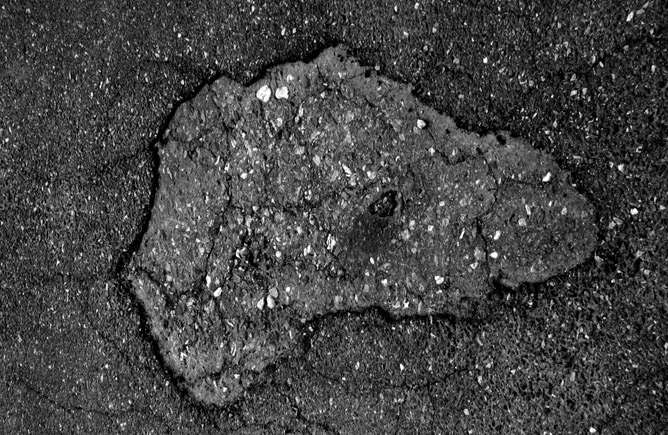
When Roads Fall Apart
There are only so many patch and seal jobs a road can take. As roads degrade, safety is a primary concern. The more roads patched when they should be replaced, the more we spend over time.

What We’re Really Spending
We spend millions of dollars repairing, building, and preserving our roads. Protect these investments with smart solutions for long-term reduced maintenance and cost.
It costs 12 million dollars to build one mile of one-lane highway in Indiana. This doesn't include maintenance or road work costs.
In 2015, 295 projects were completed or started to replace or resurface roads. These projects cost time and money and don't hold up as long as recycling initiative.
For every 1 dollar spent in road recycling efforts, 14 dollars are wasted in future repairs without a full-depth reclamation.
Data according to The Indiana Department of Transportation, 2015
What We Could Save
As we look for sustainable options, full-depth reclamation and recycling efforts save time and money for years to come.
Road recycling systems save 50% more than other maintenance systems. With full-depth reclamation, half of the time and materials are needed as compared to others.
(Occidental Chemical Corporation)
Over a 50-year life cycle, reclaimed roads save an estimated 10 million dollars according to the Virginia Department of Transportation.
(Virginia Department of Transportation)
Cost savings are seen on an annual basis as well for full-depth reclamation projects. In one year, 463,000 dollars are saved through road recycling.
(Virginia Department of Transportation)
How it Works
Full-depth reclamation is a process in which the existing surface of deteriorated asphalt roads and the underlying base are pulverized and mixed together to form an upgraded, homogenous new base.
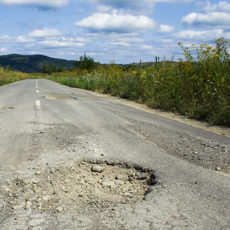
1. Evaluate
Before starting a full-depth reclamation project, evaluate the existing roadway and material. You need to also consider the condition of the road and the load size the road is likely to carry.
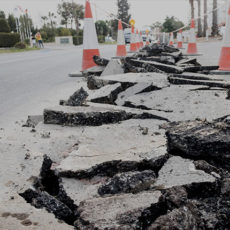
2. Choose the Right Agents
Understanding the road, materials and best agents for the project is critical. For all full-depth reclamations projects, liquid calcium chloride stabilizes the road and helps it last longer.
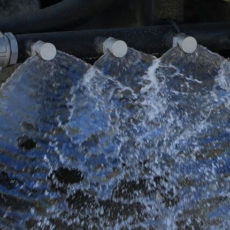
3. Reclamation Process
At each step of the reclamation process, agents, applications, and careful consideration help shape the new road. There are many processes for full-depth reclamation projects, see a few examples of processes here.
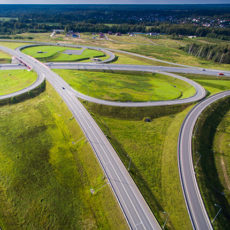
4. Save Money Over Time
Rehabilitation extends the life of roads and creates less work for you. Reclaimed roads have a reduced freeze/thaw cycle and the structural integrity ensures the road will be safe and smooth for years.

FULL-DEPTH RECLAMATION PROJECT FAQS
Looking for more information about full-depth reclamation projects? Our experienced team is here to help. Here are some questions we often see from our clients about full-depth reclamation.
WHAT IS FULL-DEPTH RECLAMATION?
Full-depth reclamation is a process in which the existing surface of deteriorated asphalt roads and the underlying base are pulverized and mixed together to form an upgraded, homogenous new base.
WHAT DOES ROAD STABILIZATION DO?
Road stabilization utilizes an additive to bind and eliminate voids, moisture, and air that all contribute to unstable roads.
WHY CHOOSE FULL-DEPTH RECLAMATION?
- Energy is preserved, because FDR is a cold process that requires no heating fuel, and involves minimal hauling and handling of materials
- Non-renewable resources are conserved since all existing materials are reused
- In-place construction and high production rates reduce traffic disruptions
- Fewer workers and less equipment are needed, resulting in lower costs and better traffic flow
- The process is more cost effective over the long term, because the structural integrity of the gravel is increased, adding years to road life and improving the ride quality
- FDR can provide cost savings as high as 50% in some cases

Michael Barton
– Whitley County, Highway Director
‘Whitley County has approximately 640 miles of road and many of their chip and seal roads I found to be in terrible condition in the spring of 2009 and the county had been spending a huge amount of money on cold mix asphalt to fill all of the potholes. We decided to re-build the roads from the bottom up but the road will last 10 years before another wearing surface is needed.’
 DOWNLOADABLE RESOURCE
DOWNLOADABLE RESOURCE
Do you know how much you spend annually filling potholes and applying asphalt mix? At a certain point, old roads aren’t just rough, they’re dangerous. Learn how other methods have been saving counties millions in materials and time.
+ GET THE EBOOK
Want to Learn More About FDR?
Oops! We could not locate your form.
Want to Learn More About FDR?
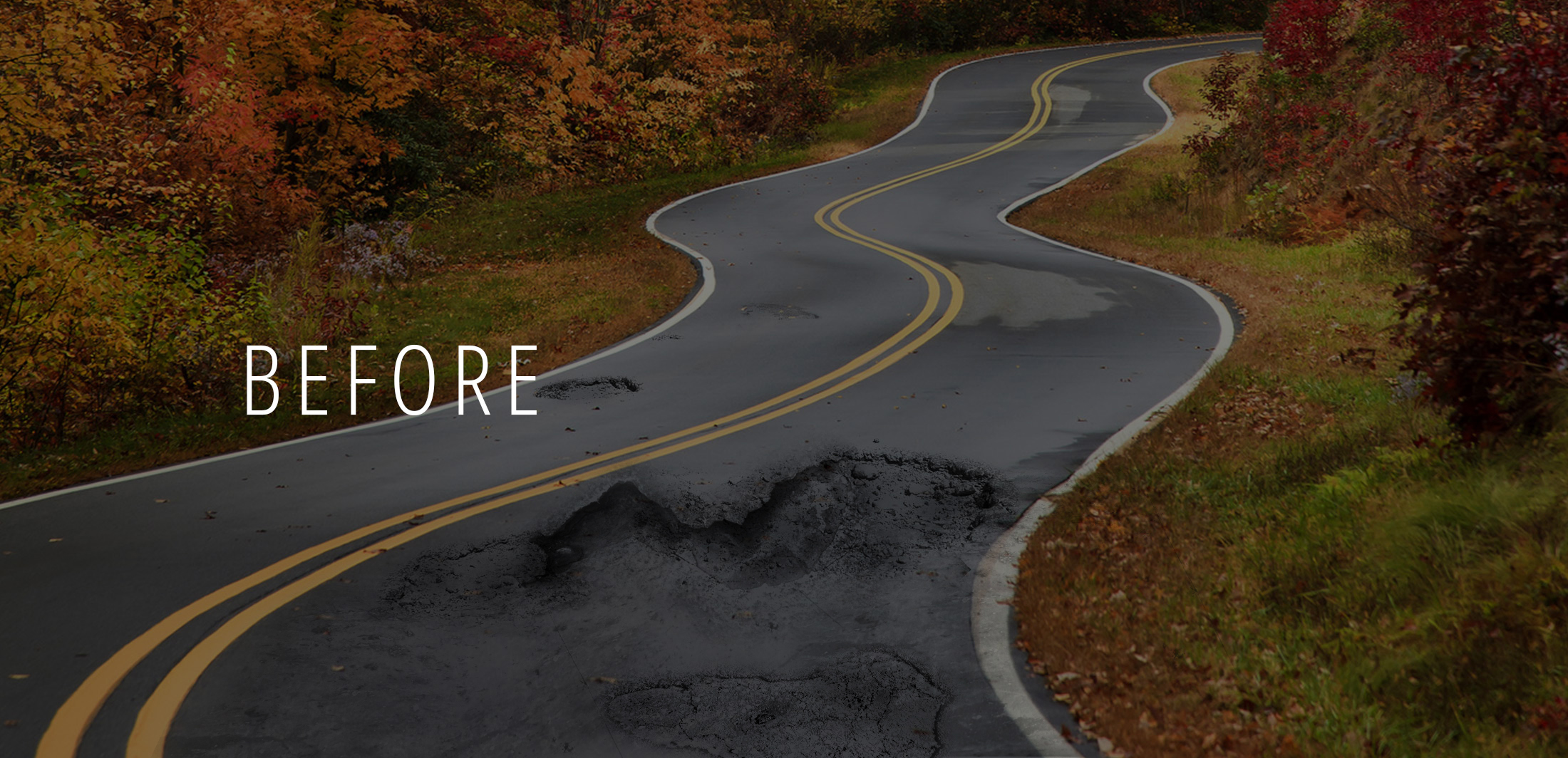
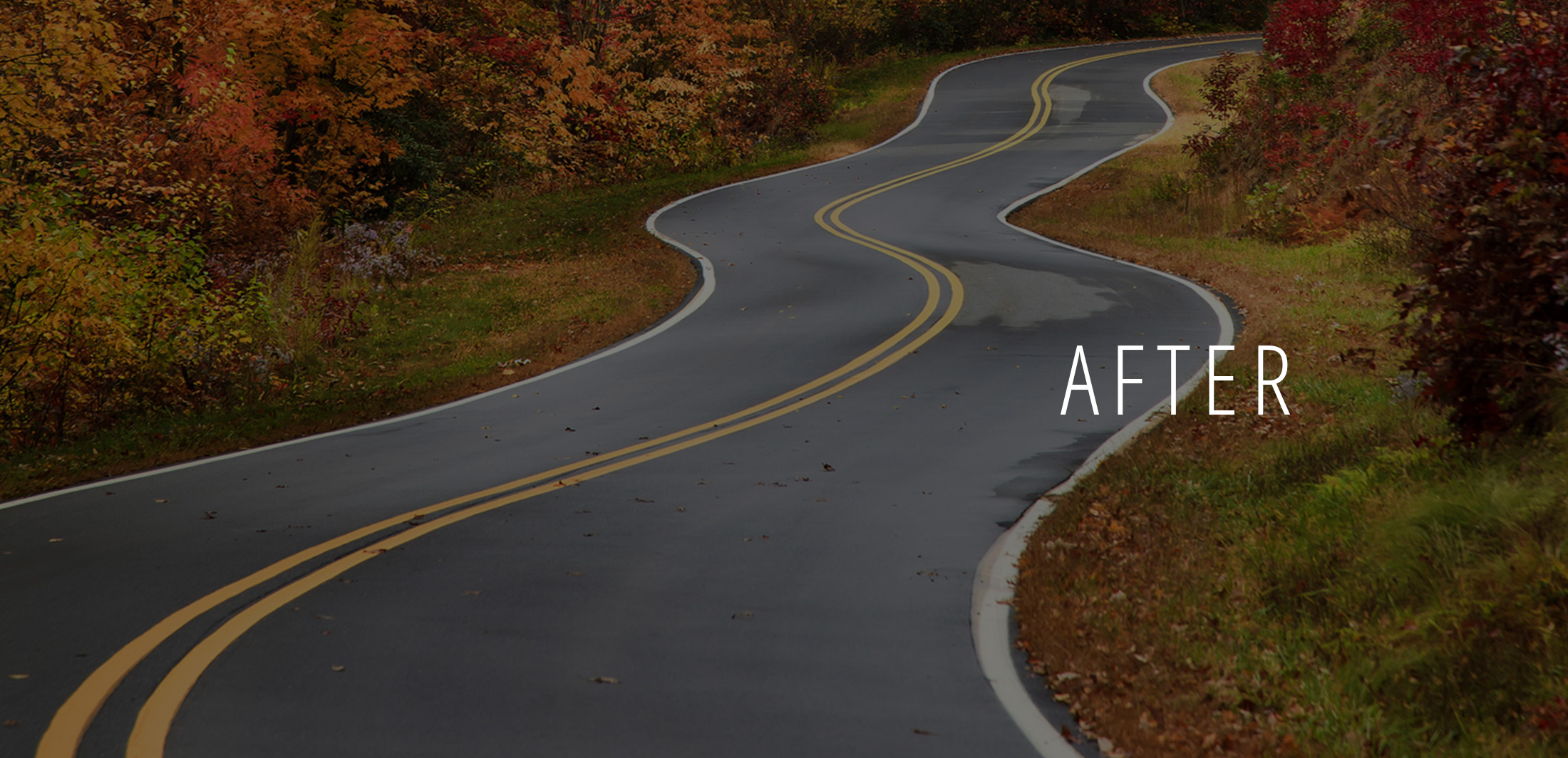
Oops! We could not locate your form.


